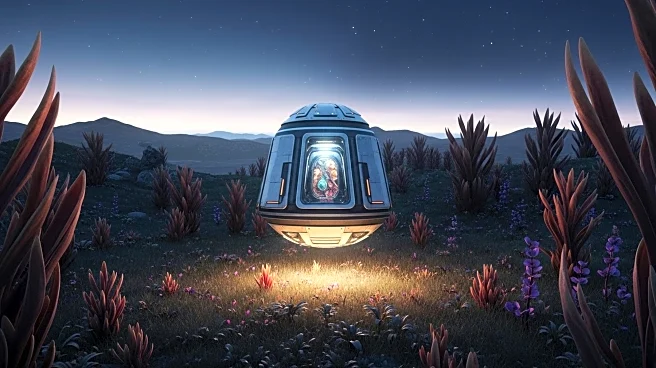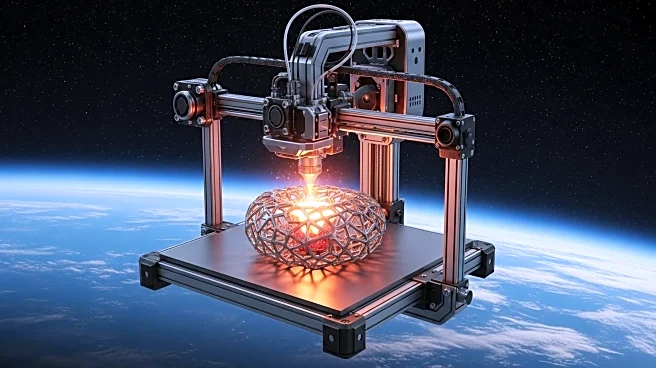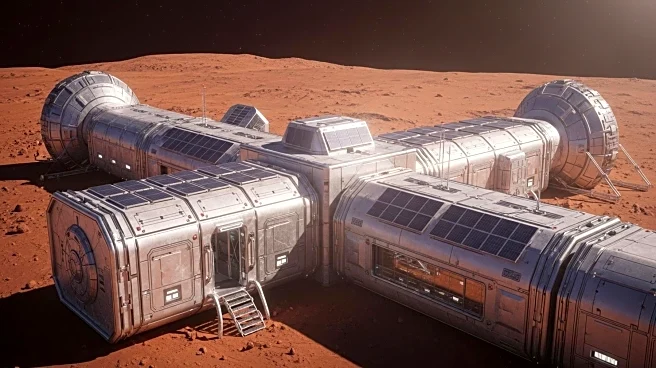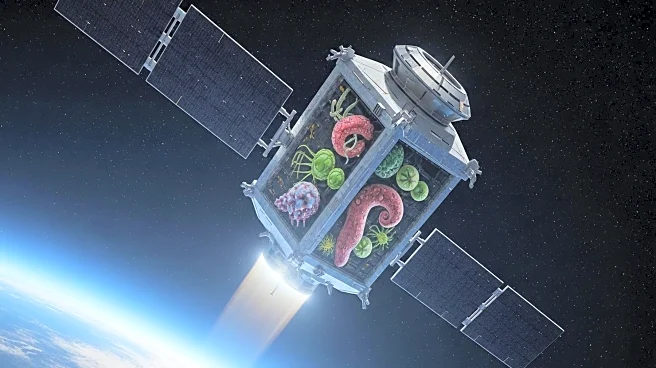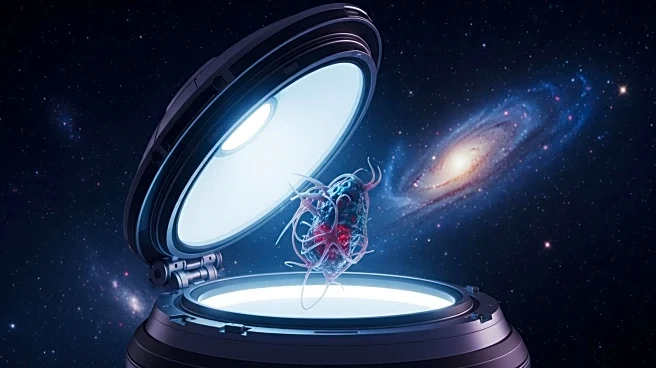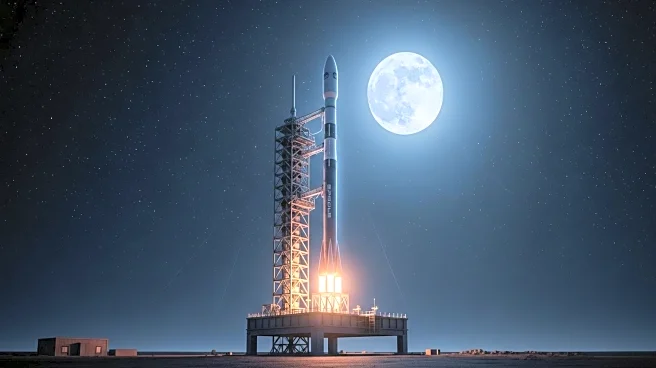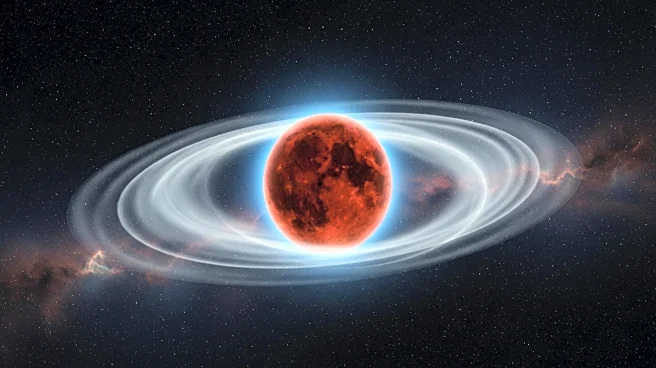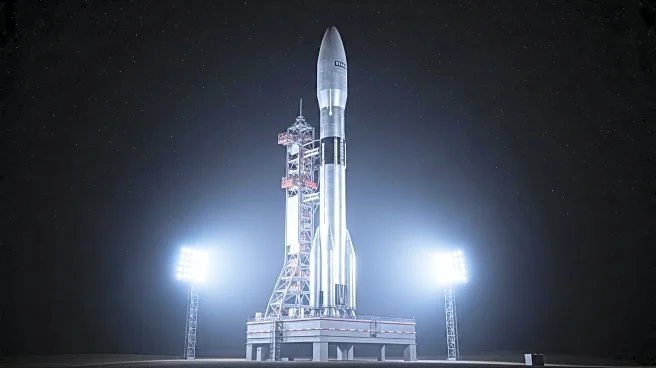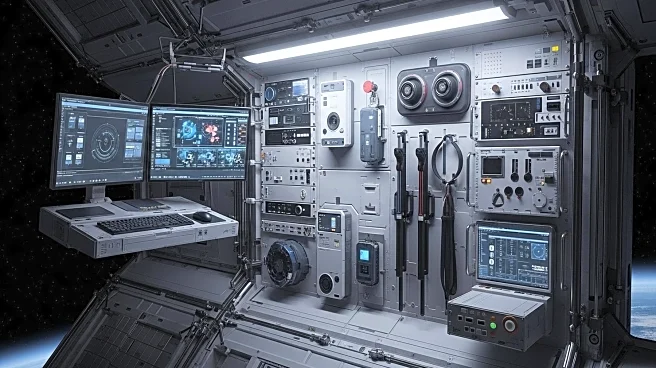What is the story about?
What's Happening?
The Russian Bion-M No. 2 satellite, dubbed 'Noah's Ark,' has returned to Earth after a 30-day mission in orbit. The satellite carried 75 mice, 1,500 flies, and various biological specimens to study the effects of cosmic radiation and microgravity. The mission, a collaboration between Roscosmos and the Russian Academy of Sciences, aims to advance understanding of life support technologies for space travel. Initial examinations of the specimens are underway, with a focus on assessing the impact of space conditions on biological organisms.
Why It's Important?
This mission is significant for its potential contributions to space biology and the development of life support systems for long-duration space missions. Understanding how living organisms respond to space conditions is crucial for future human space exploration, including missions to Mars and beyond. The research could lead to advancements in biotechnology and radiation protection, benefiting both space and Earth-based applications. The mission also highlights international collaboration in space research, which is vital for addressing complex scientific challenges.
What's Next?
The specimens will undergo detailed analysis in Russian laboratories to assess the effects of space travel on their physiology. The findings could inform future space missions and the development of technologies to support human life in space. The mission's success may lead to further international collaborations and experiments in space biology, potentially involving other countries and space agencies.
AI Generated Content
Do you find this article useful?
